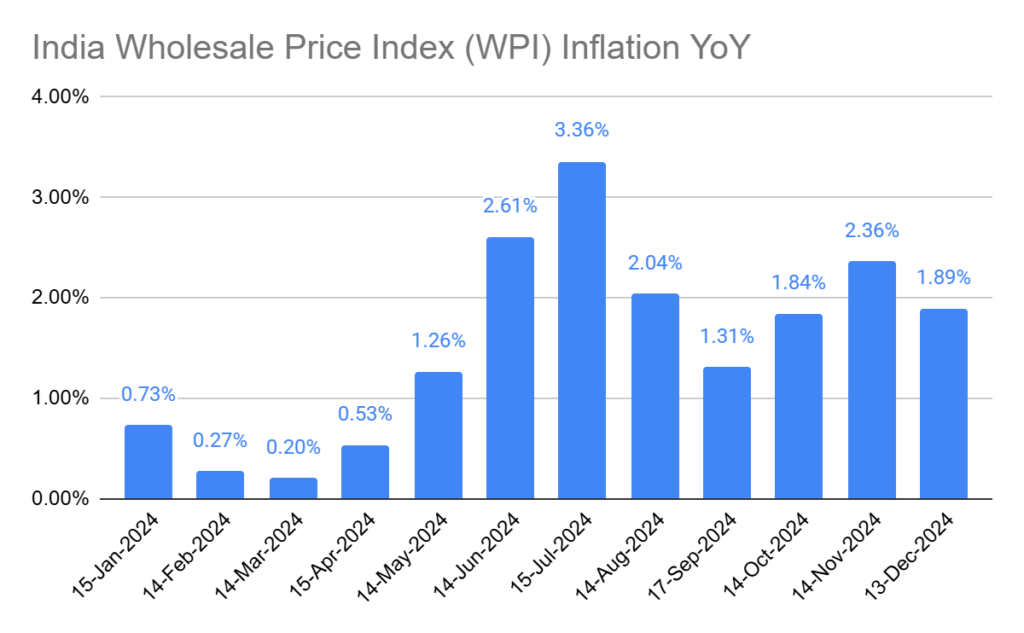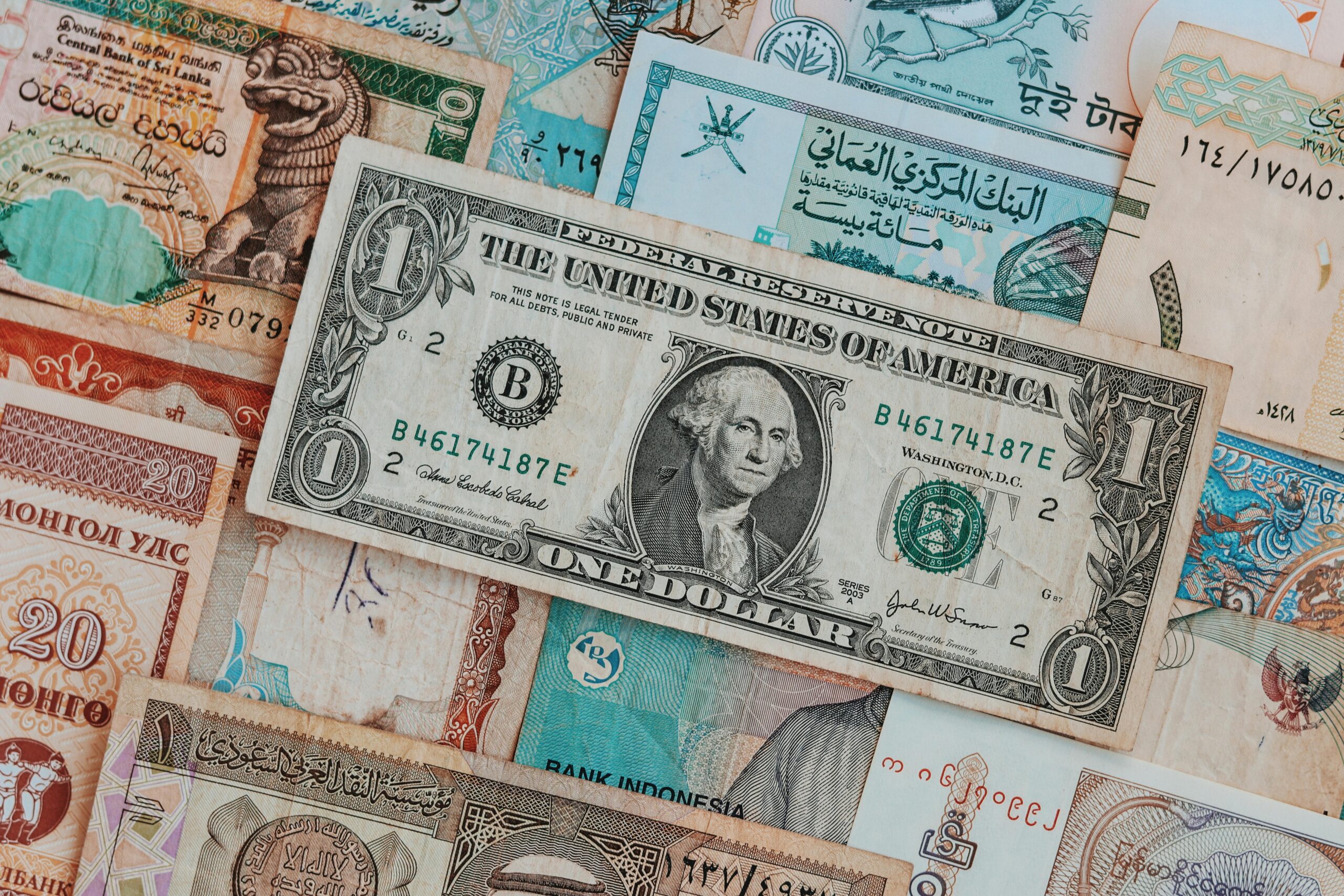
What is the Wholesale Price Index (WPI) and Why Does It Matter?
Let’s start with something simple: Have you ever noticed that the price of some things like vegetables, rice, or toys changes over time? One month, potatoes might cost ₹20 per kilo, and the next month, the price could jump to ₹30. But have you ever wondered why prices change?
Before things reach the shops where we buy them, they are sold by wholesalers. These are the people or companies that sell goods in large quantities to shopkeepers or other businesses. The Wholesale Price Index (WPI) helps us track how much the prices of goods are changing at the wholesale level, before they even reach us, the consumers.
What is WPI in Simple Words?
The Wholesale Price Index (WPI) is a number that shows how much the prices of goods sold in bulk by wholesalers are changing over time. It’s like a health check for the prices of goods in the economy.
Imagine a big market where wholesalers sell things like grains, fruits, oil, clothes, and other products in huge amounts. If the cost of these goods rises, the WPI number also goes up. If the cost falls, the WPI number goes down
Why is WPI Important?
WPI is important because it helps us understand what might happen to prices in the future. When wholesalers increase their prices, shopkeepers usually pass on the extra cost to consumers. This means that a high WPI can lead to higher prices for everyday items, which is called inflation.
For example:
- If the WPI shows that the prices of wheat and rice are rising, we can expect the price of bread and rice packets in stores to go up too.
- On the other hand, if the WPI shows that the prices of steel and cement are falling, it might mean that building a house could become cheaper.
How Does WPI Affect the Indian Rupee (INR)?
Now let’s talk about the Indian Rupee (INR). WPI doesn’t just affect prices; it also impacts the strength of the Rupee compared to other currencies. Here’s how:
- When WPI is High:
If the WPI shows that prices are rising faster than expected, it can signal a strong economy. Investors might feel confident about India and invest more money, which makes the Rupee stronger. This is called a bullish effect on the INR. - When WPI is Low:
If the WPI is lower than expected, it can mean that prices are not rising much, or even falling. This might signal a slowdown in the economy, making investors less confident. As a result, the Rupee might weaken. This is called a bearish effect on the INR.
A Simple Example of WPI
Let’s imagine a story to make this clearer:
Ramesh is a farmer who grows potatoes. He sells his potatoes to a wholesaler named Suresh. Suresh buys potatoes in bulk from many farmers and sells them to shopkeepers in the city.
One year, there’s a drought, and the potato harvest is very low. Because there are fewer potatoes available, Suresh increases the price he charges shopkeepers. Let’s say he used to sell potatoes at ₹10 per kilo, but now he sells them at ₹15 per kilo.
This increase in the wholesale price will show up in the WPI. If the WPI for potatoes rises by 50%, it means that the price at the wholesale level has increased significantly. Eventually, the shopkeepers will also raise their prices, and consumers will end up paying more for potatoes.
Now, imagine the opposite: One year, there’s an excellent harvest, and there are more potatoes than usual. Suresh decides to lower the price to ₹8 per kilo to sell them quickly. This decrease will also show up in the WPI, and consumers might see lower prices in stores
Why Should You Care About WPI?
Even though WPI measures prices at the wholesale level, it affects everyone in some way. Here’s why:
- For Families: If the WPI is high, it might mean that prices in stores will also rise soon. Families might need to spend more money on groceries and other essentials.
- For Businesses: Companies use WPI to predict how much it will cost them to buy raw materials. For example, if steel prices rise, car manufacturers might increase the price of cars.
- For Policymakers: The government and the Reserve Bank of India (RBI) use WPI to decide how to manage inflation and keep the economy stable.
How Does the Government Use WPI?
The government and the RBI keep a close eye on WPI. If the WPI is rising too fast, it means inflation might get out of control. The RBI might then take steps like increasing interest rates to slow down spending and reduce inflation.
If the WPI is too low, it could mean the economy is slowing down, and the RBI might lower interest rates to encourage people to spend and invest more.

To Conclude
The Wholesale Price Index (WPI) might sound technical, but it’s actually a simple way to understand what’s happening with prices in the economy. It gives us a preview of whether things will get more expensive or cheaper in the future.
Next time you see prices going up or down at your local store, remember: It all starts at the wholesale level. By keeping an eye on WPI, we can understand how the economy is doing and what might happen next.
So, whether you’re a student, a parent, or a business owner, WPI is something that affects us all. It’s like a secret window into the world of prices!
RELATED POSTS
View all


